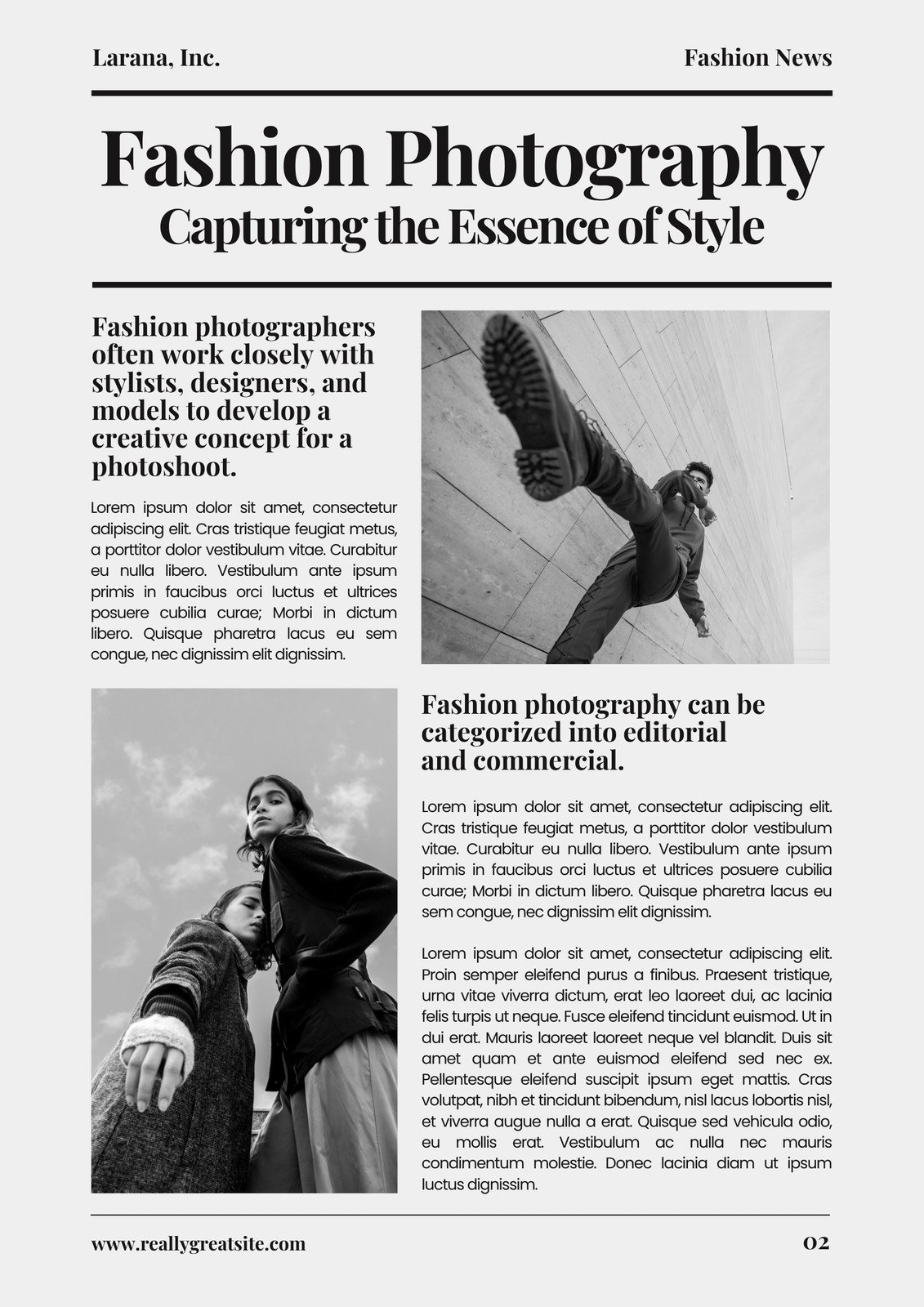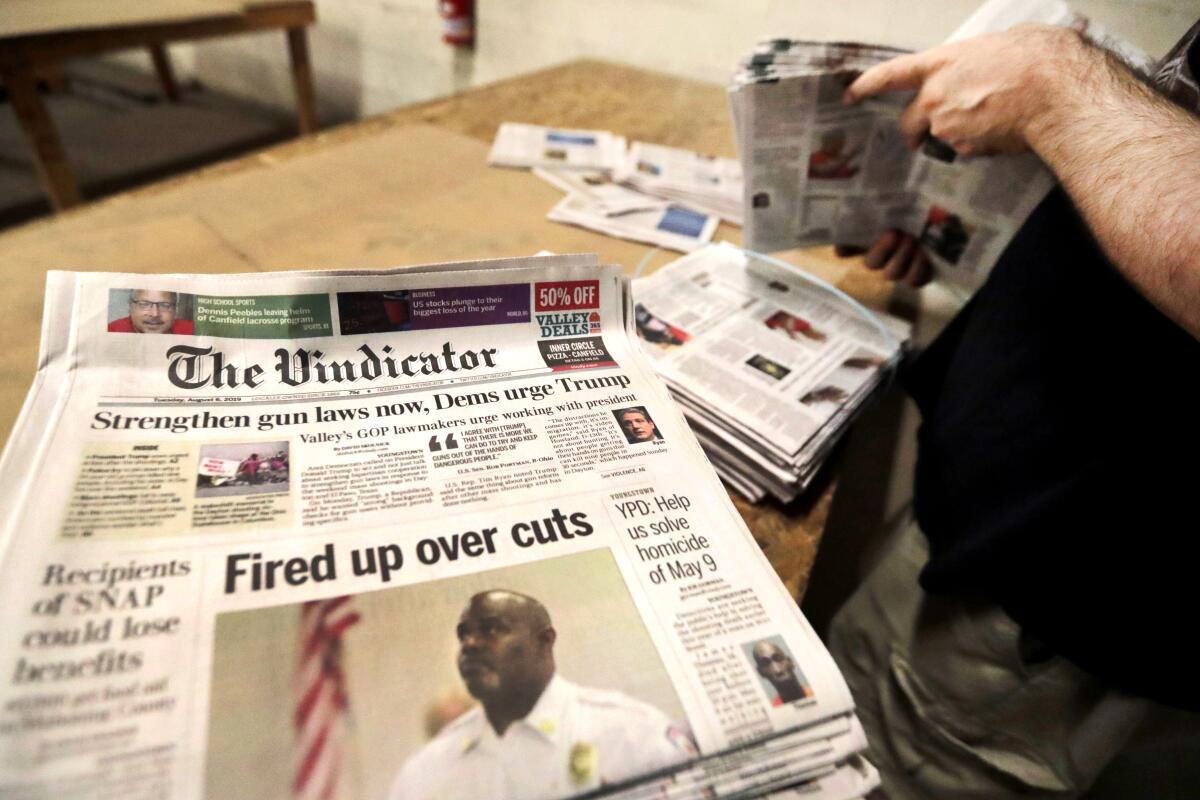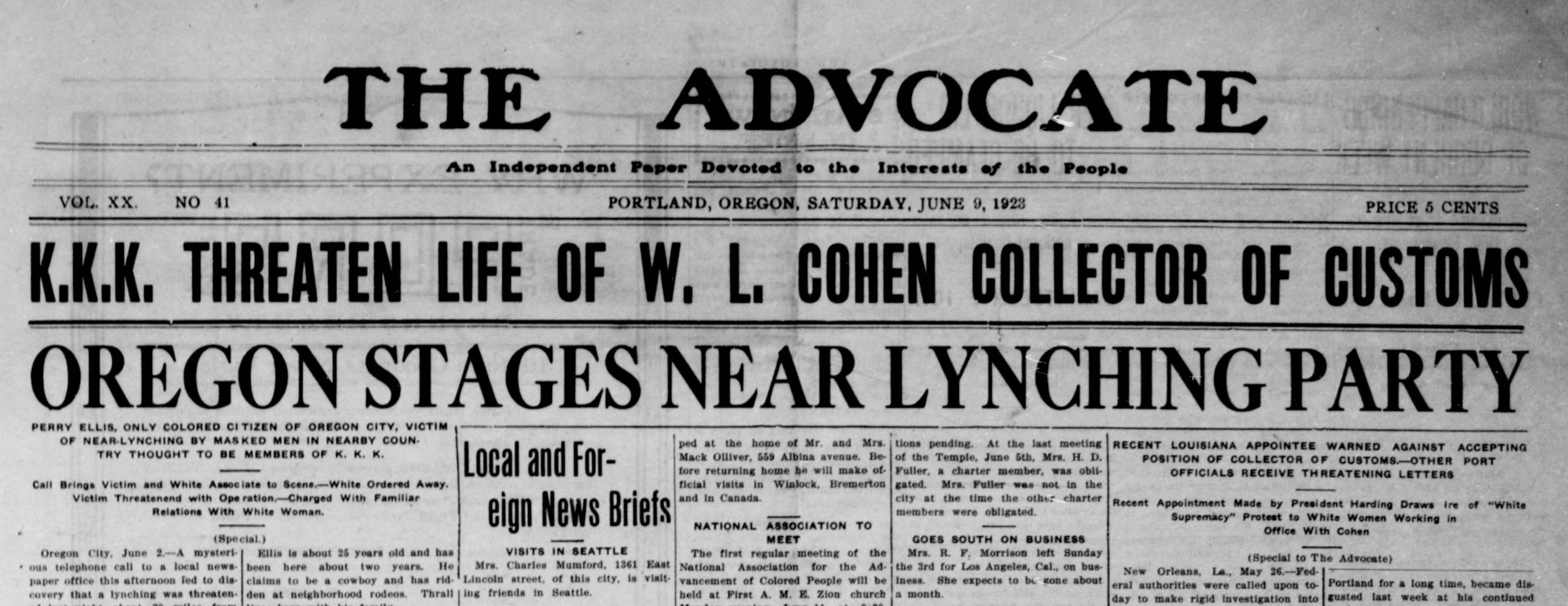The 10-Second Trick For News Articles
The 10-Second Trick For News Articles
Blog Article
The Facts About News Articles Revealed
Table of ContentsSome Ideas on News Articles You Should KnowNews Articles Things To Know Before You BuyAn Unbiased View of News ArticlesLittle Known Facts About News Articles.Get This Report about News Articles
Excellent expertise of various topics provides pupils an affordable side over their peers. Despite the fact that digital and social media are conveniently accessible, we must not forget how essential it is to read the papers. Parents should try and inculcate the routine of reviewing a newspaper as a day-to-day regimen to continue the heritage of the revered print tool.Information stories likewise include at least one of the following important characteristics loved one to the intended audience: closeness, prominence, timeliness, human passion, strangeness, or effect.
Within these limitations, information tales additionally intend to be detailed. Amongst the bigger and more highly regarded newspapers, justness and equilibrium is a significant factor in providing details.
Papers with a worldwide target market, for instance, tend to make use of a more official design of writing. The details choices made by an information electrical outlet's editor or editorial board are usually accumulated in a style guide; typical design overviews include the and the US News Design Book. The major goals of news writing can be summarized by the ABCs of journalism: accuracy, brevity, and clearness.
The smart Trick of News Articles That Nobody is Talking About
As a rule, reporters will certainly not use a long word when a short one will certainly do. Information authors try to prevent utilizing the same word more than when in a paragraph (occasionally called an "resemble" or "word mirror").
Headings in some cases omit the subject (e.g., "Leaps From Boat, Catches in Wheel") or verb (e.g., "Feline female lucky"). A subhead (additionally subhed, sub-headline, subheading, caption, deck or dek) can be either a subordinate title under the major headline, or the heading of a subsection of the post. It is a heading that precedes the primary message, or a team of paragraphs of the major text.

Additional signboards of any of these types might show up later on in the post (particularly on subsequent web pages) to tempt further analysis. Such signboards are also utilized as pointers to the article in various other areas of the publication or website, or as ads for the item in various other publication or websites. Common framework with title, lead paragraph (recap in strong), various other paragraphs (details) and contact info.

Example of a hard-lead paragraph NASA is recommending another area task. The agency's budget plan demand, introduced today, consisted of a strategy to send out an Visit Website additional objective to the Moon. This time the company really hopes to establish a long-lasting center as a jumping-off point for various other area adventures. The budget plan demands about $10 billion for the project.
The NASA statement came as the agency asked for $10 billion of appropriations for the project. An "off-lead" is the second most crucial front page news of the day. The off-lead appears either in the top left corner, or directly listed below the lead on the right. To "hide the lead" is to start the write-up with history info or details of second importance to the visitors, compeling them to check out even more deeply right into a write-up than they need to have to in order to find the necessary points.
The smart Trick of News Articles That Nobody is Talking About
Typical use is that one or two sentences each form their own paragraph. Reporters usually define the company or structure of a newspaper article as an upside down pyramid. The important and most fascinating aspects of a story are put at the beginning, with supporting information complying with in order of diminishing significance.
It permits people to check out a topic to just the depth that their curiosity takes them, and without the imposition of details or subtleties that they could think about unimportant, however still making that details offered to much more interested visitors. The inverted pyramid framework likewise makes it possible for short articles to be trimmed to any approximate size during layout, to fit in the room available.
Some authors begin their tales with the "1-2-3 lead", yet there are lots of kinds of lead available. A kicker can refer to numerous points: The last story in the information program; a "delighted" story to end the show.
Longer short articles, such as magazine cover short articles and the pieces that lead the within sections of a newspaper, are called. Feature use this link tales vary from straight news in several means. Foremost is the lack of a straight-news lead, most of the moment. As opposed to offering the significance of a story in advance, feature authors might attempt to draw viewers in.
Examine This Report on News Articles
The journalist typically details interactions with interview subjects, making the piece extra individual. A function's first paragraphs often relate a fascinating moment or event, as in an "anecdotal lead". From the details of a person or episode, its sight swiftly widens to generalities about the tale's topic. The section that signals what an attribute has to do with is called the or signboard.

The Editor's Tool kit: A Referral Guide for Beginners and Professionals (2001) Allan M. Siegal and William G. Connolly. The New York City Times Handbook of Design and Usage: The Authorities Design Overview Utilized by the Writers and Editors of the Globe's The majority of Reliable Paper (2002) M. L. Stein, Susan Paterno, and R.
Report this page